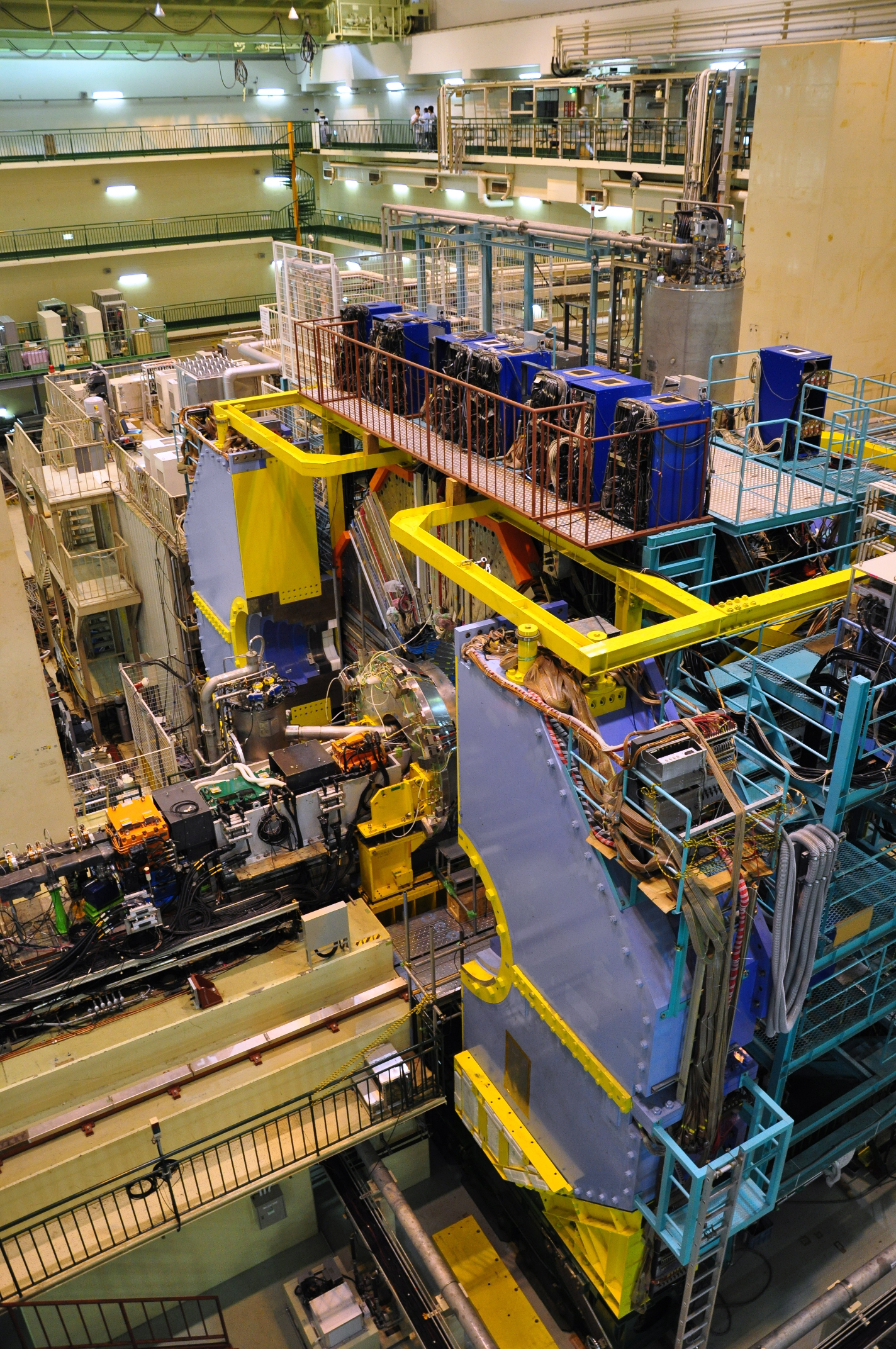|
Kim Sun-kee
Kim Sun-kee (; born May 20, 1960) is a South Korean physicist. He is professor in Seoul National University and director of the Korea Invisible Mass Search. He was the first director of the Rare Isotope Science Project within the Institute for Basic Science and is a member of the Korean Academy of Science and Technology. Education * 1979−1983: BS, Korea University * 1983−1985: MS, Korea University * 1985−1988: Ph.D. Korea University Work Positions held *1988−1990: Research Associate, KEK, Japan *1990−1992: Senior Research Associate, Rutgers University *1992−1996: Assistant Professor, Seoul National University *1996−2002: Associate Professor, Seoul National University *2002−present: Professor, Seoul National University *2011−present: Director, Rare Isotope Science Project, Institute for Basic Science *1995−1995: Visiting Scientist, Fermi National Accelerator Laboratory *1999−1999: Visiting Scientist, KEK Major research activities *1985−1996: AMY exper ... [...More Info...] [...Related Items...] OR: [Wikipedia] [Google] [Baidu] |
Physics
Physics is the scientific study of matter, its Elementary particle, fundamental constituents, its motion and behavior through space and time, and the related entities of energy and force. "Physical science is that department of knowledge which relates to the order of nature, or, in other words, to the regular succession of events." It is one of the most fundamental scientific disciplines. "Physics is one of the most fundamental of the sciences. Scientists of all disciplines use the ideas of physics, including chemists who study the structure of molecules, paleontologists who try to reconstruct how dinosaurs walked, and climatologists who study how human activities affect the atmosphere and oceans. Physics is also the foundation of all engineering and technology. No engineer could design a flat-screen TV, an interplanetary spacecraft, or even a better mousetrap without first understanding the basic laws of physics. (...) You will come to see physics as a towering achievement of ... [...More Info...] [...Related Items...] OR: [Wikipedia] [Google] [Baidu] |
Belle Experiment
The Belle experiment was a particle physics experiment conducted by the Belle Collaboration, an international collaboration of more than 400 physicists and engineers, at the High Energy Accelerator Research Organisation ( KEK) in Tsukuba, Ibaraki Prefecture, Japan. The experiment ran from 1999 to 2010. The Belle detector was located at the collision point of the asymmetric-energy electron–positron collider, KEKB. Belle at KEKB together with the BaBar experiment at the PEP-II accelerator at SLAC were known as the B-factories as they collided electrons with positrons at the center-of-momentum energy equal to the mass of the (4S) resonance which decays to pairs of B mesons. The Belle detector was a hermetic multilayer particle detector with large solid angle coverage, vertex location with precision on the order of tens of micrometres (provided by a silicon vertex detector), good distinction between pions and kaons in the momenta range from 100 MeV/c to few GeV/c (provi ... [...More Info...] [...Related Items...] OR: [Wikipedia] [Google] [Baidu] |

